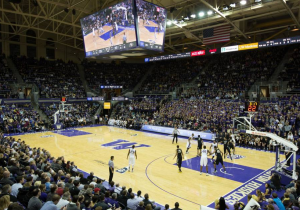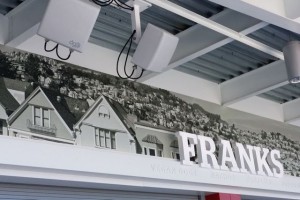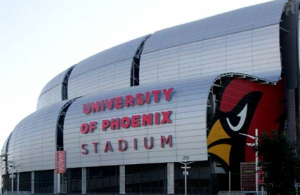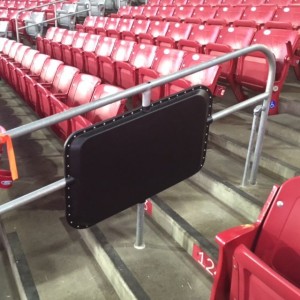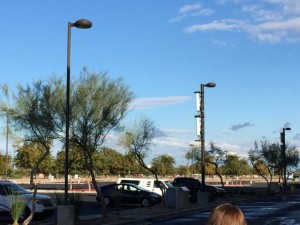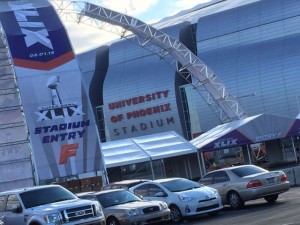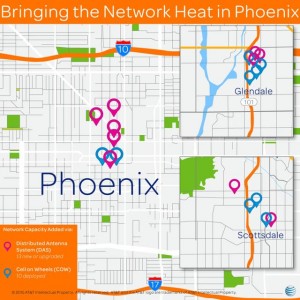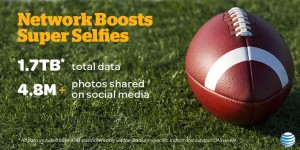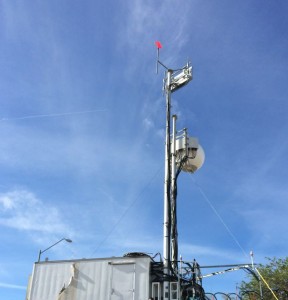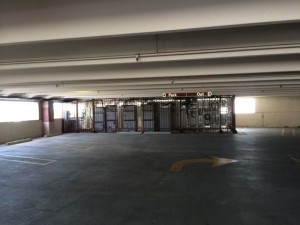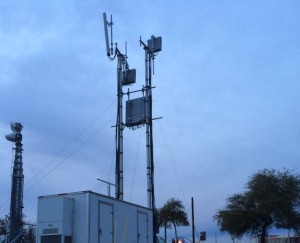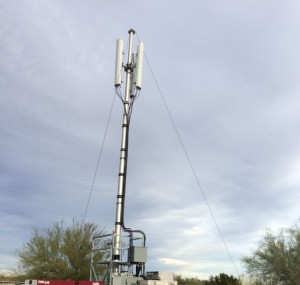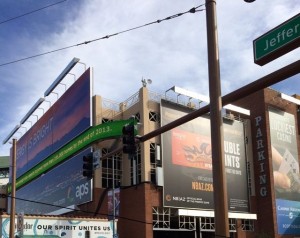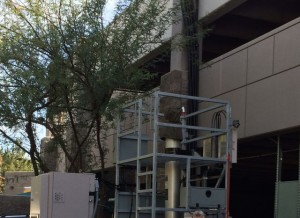Officially and somewhat longwindedly called the Alaska Airlines Arena at Hec Edumunson Pavilion, the cozy 10,000-seat facility is home to not only the Husky men’s and women’s basketball teams, but also hosts other indoor sports like volleyball and gymnastics. According to AT&T the new DAS deployment has more than 80 antennas spread out through the facility to enhance cellular coverage, especially 4G LTE signals.
According to AT&T, the new DAS is already up and running and is seeing an average of 17 gigabytes of traffic used by AT&T customers per basketball game so far this season. Last fall AT&T also announced DAS upgrades at the U-Dub football stadium, where it has roughly 340 DAS antennas and saw an average 190 GB of traffic per game.
